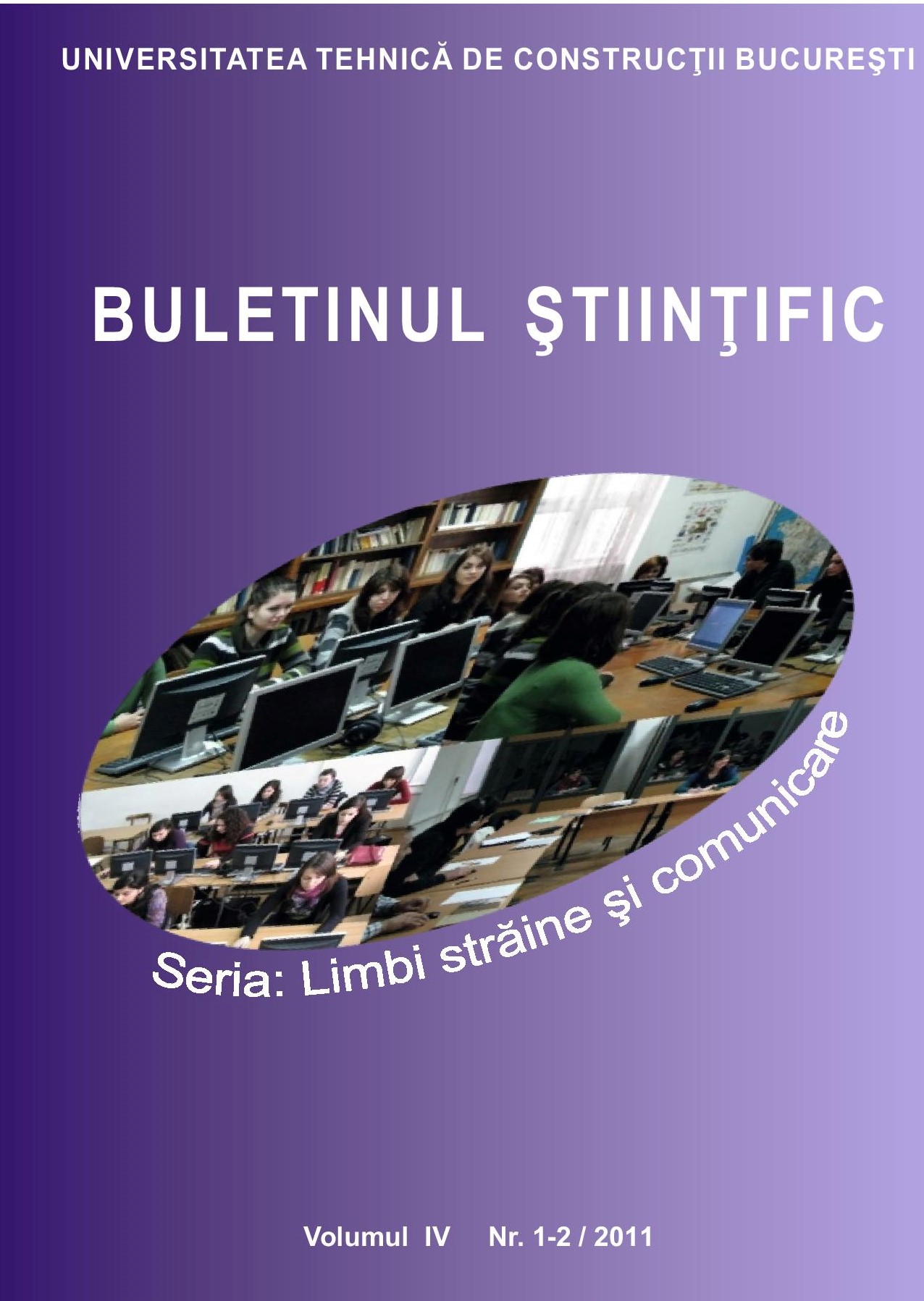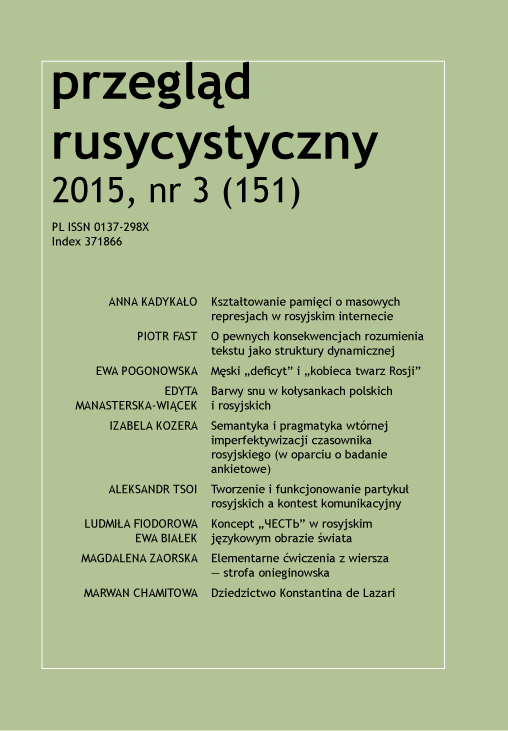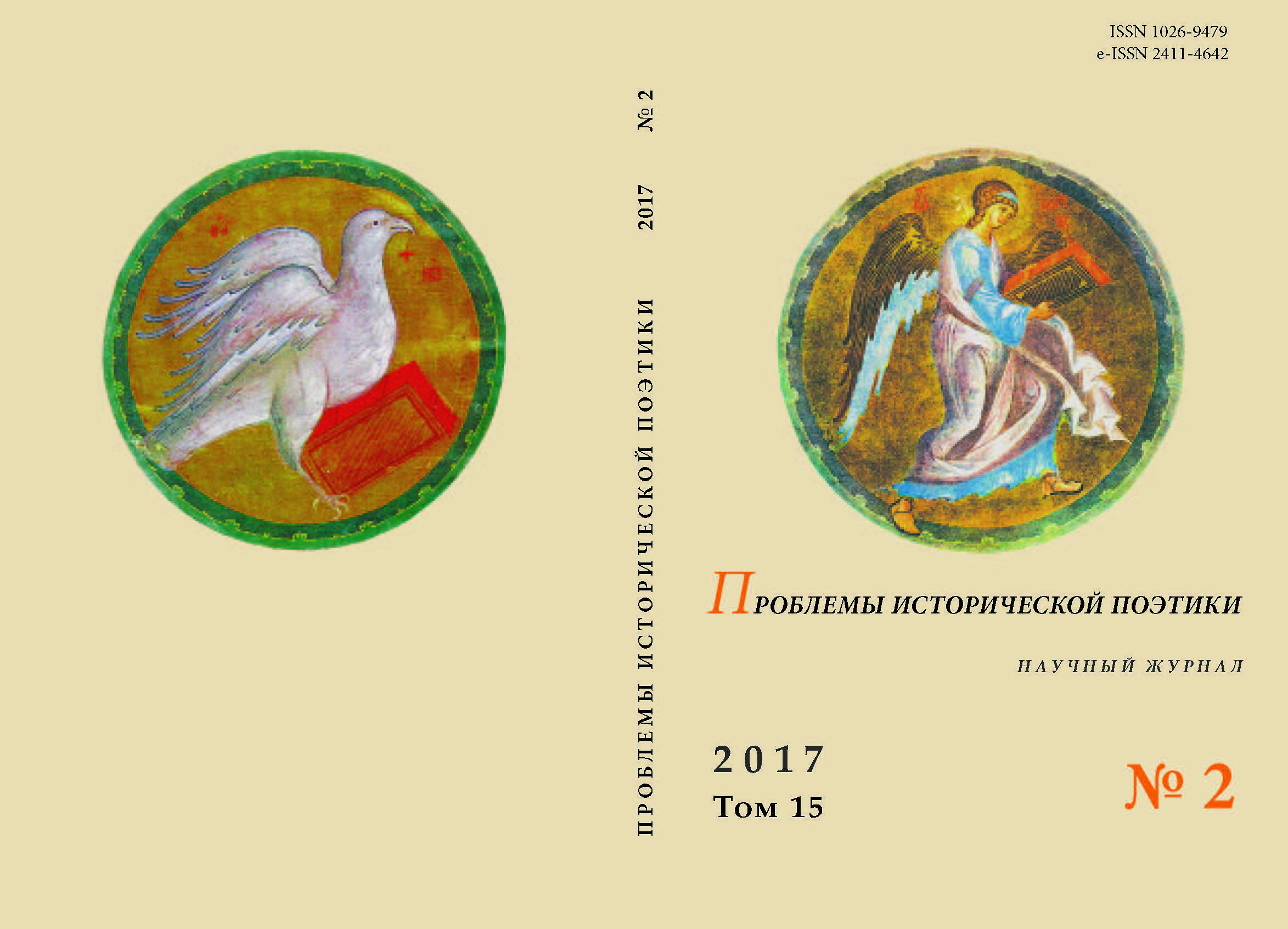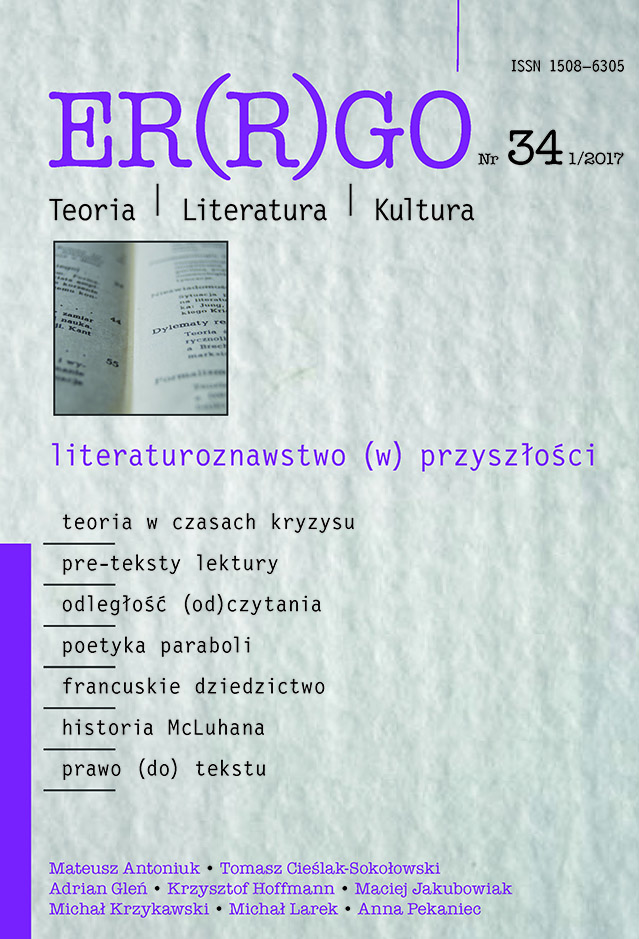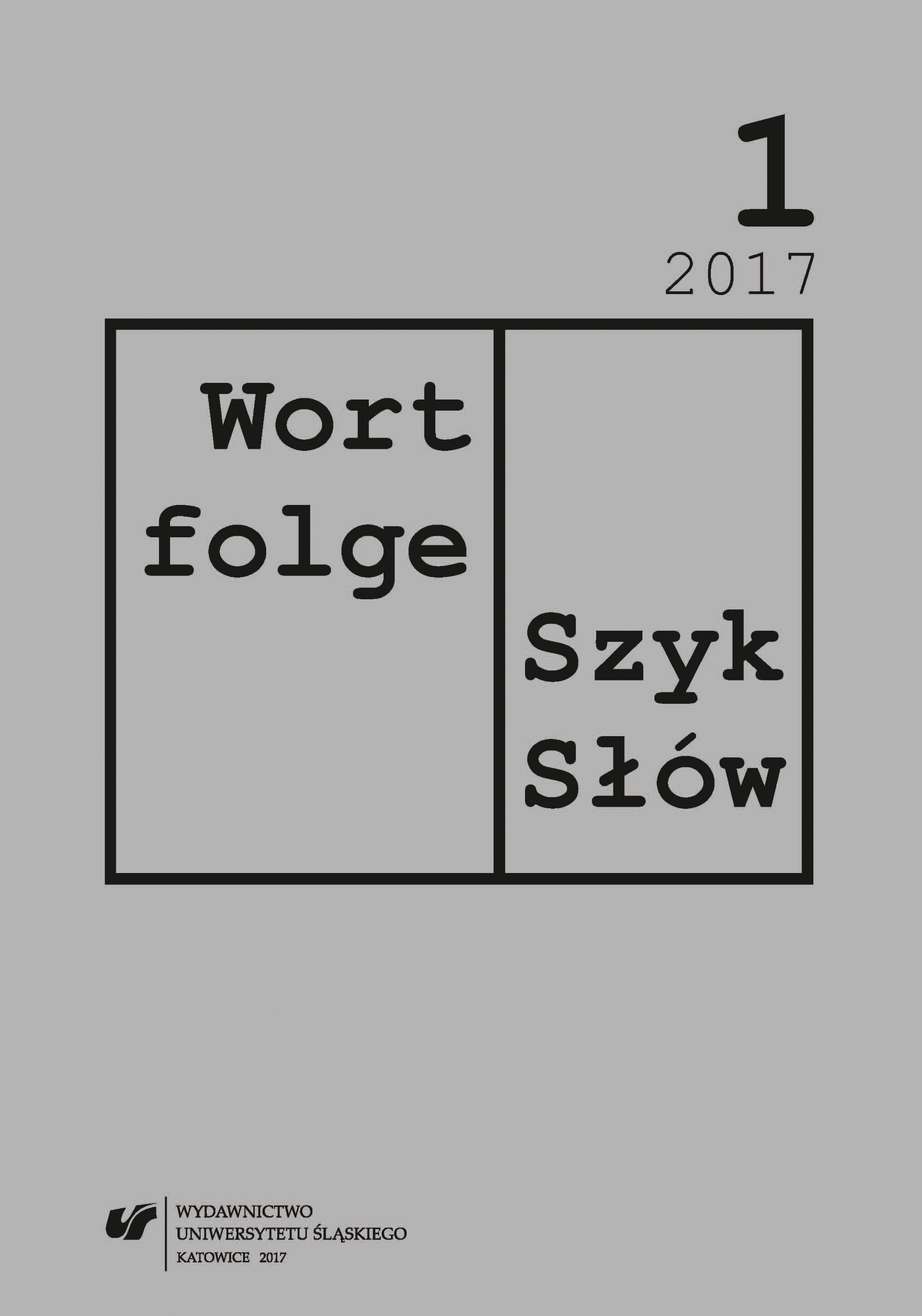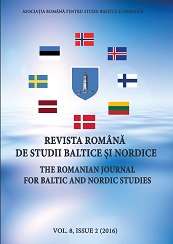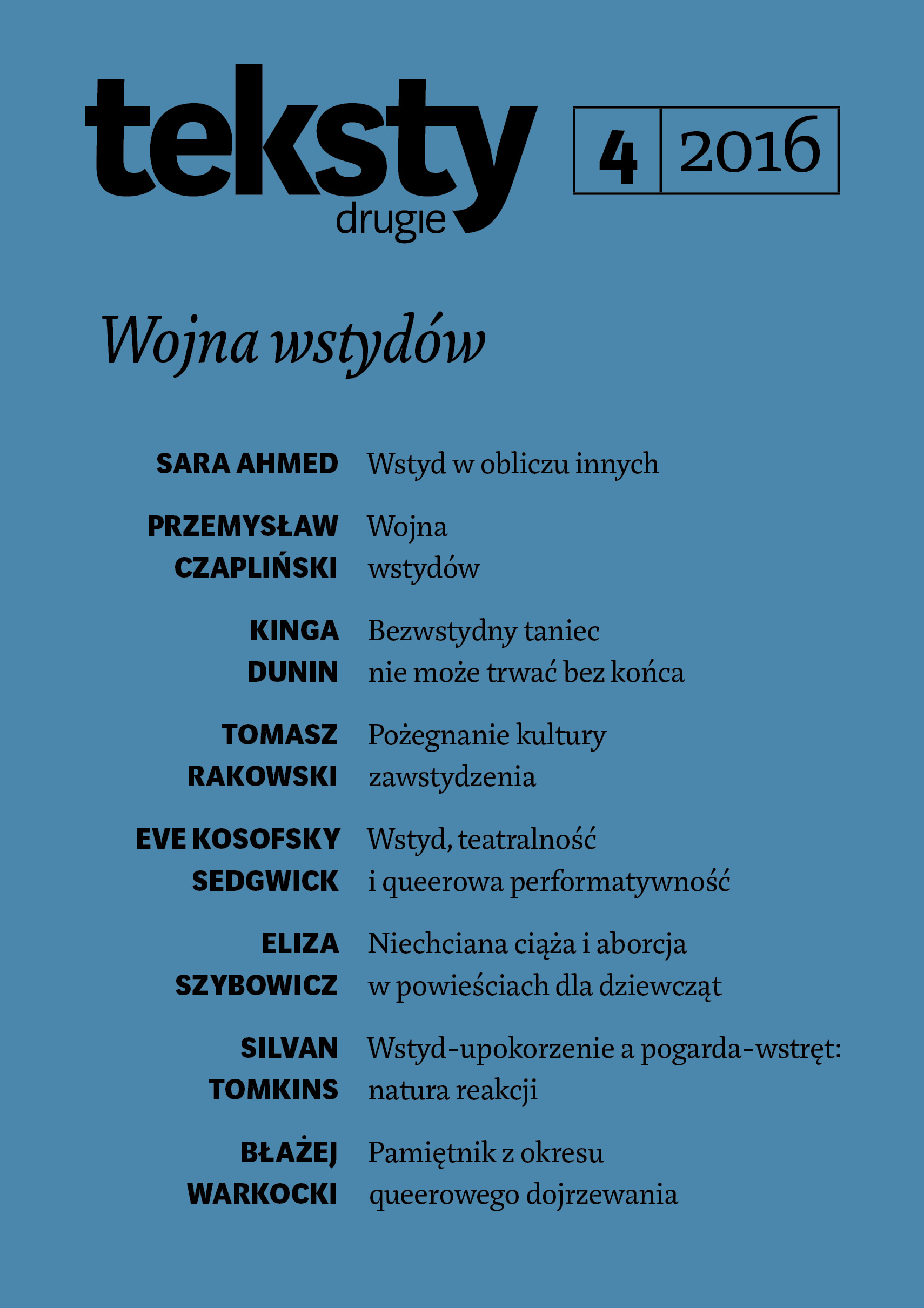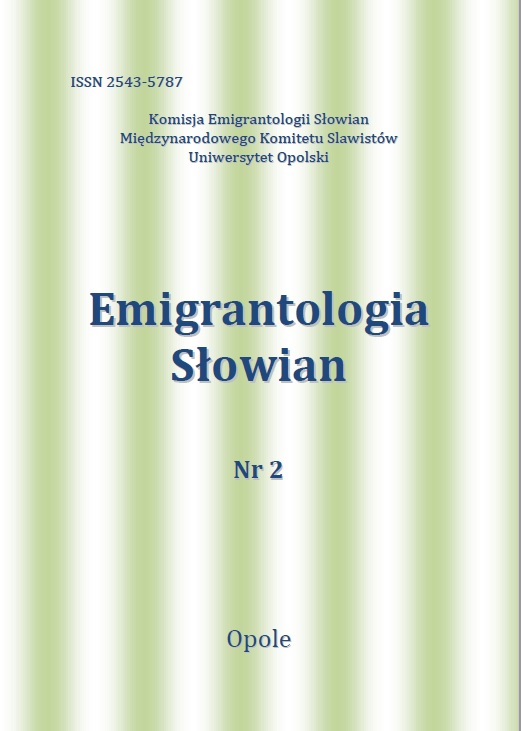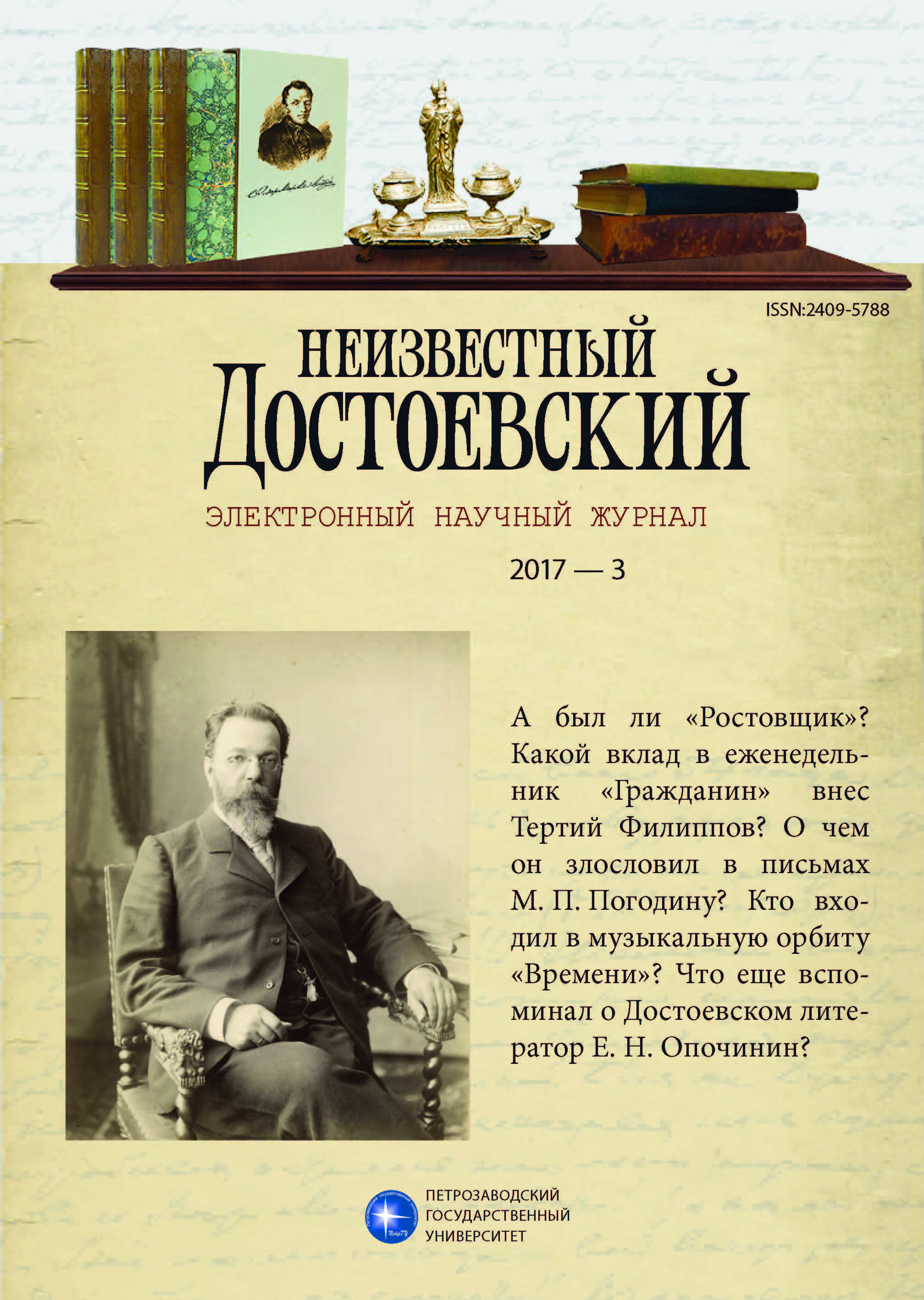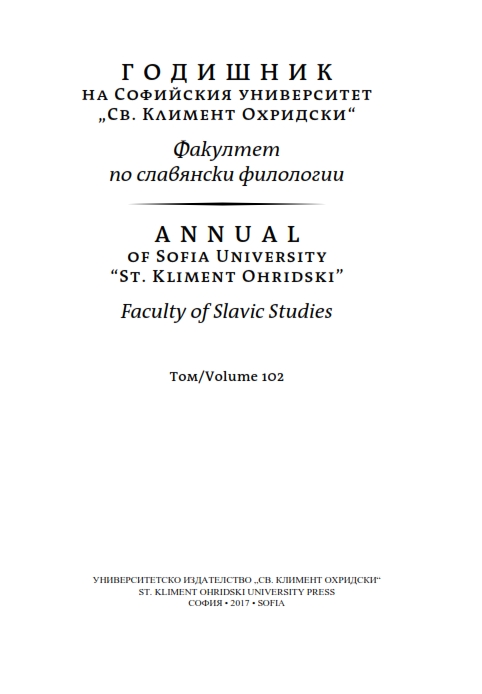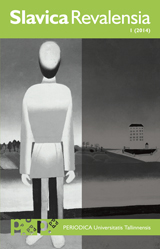
О строфической структуре верлибра А. А. Блока "Она пришла с мороза…"
The purpose of this article is to reveal a sonnet-like structure in a famous poem by Alexander Blok, “Ona prishla s moroza…” (1908). The last four “stanzas” of the poem mimic the strophic structure of the Italian sonnet (4 + 4 + 3 + 3), thus stabilizing the otherwise unpredictable verse form (vers libre).
More...
